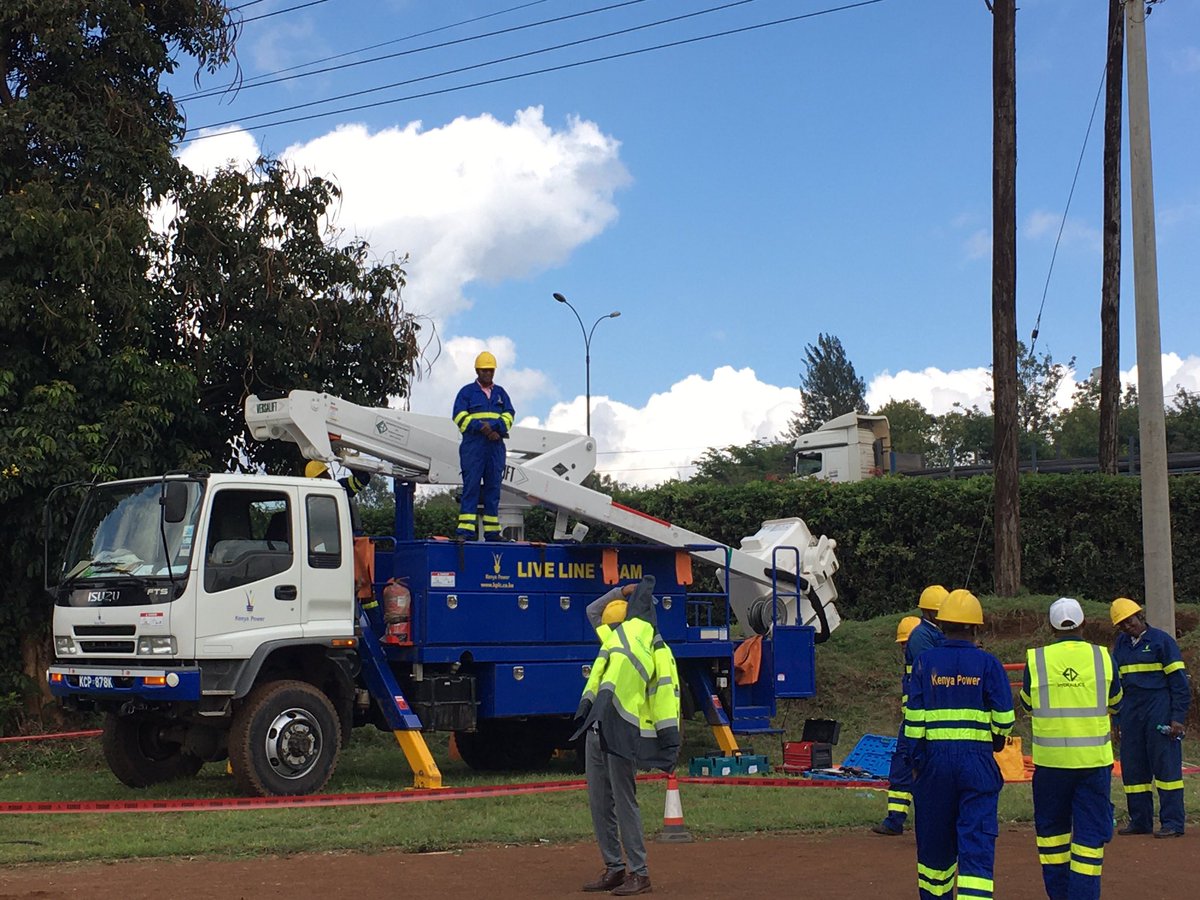Kenya Power has unveiled a new backup National Control Centre aimed at bolstering the security of electricity supply across the nation. The backup facility, situated at the Coast, stands ready to assume control in the event of a failure at the primary National Control Centre.
This initiative, costing KES 50 million, is funded through a grant from GIZ as part of the Power System Readiness for integration of Variable Renewable Energies (VRE) project, in collaboration with the Ministry of Energy and Petroleum.
Kenya Power’s Managing Director and CEO, Joseph Siror, emphasized the critical importance of this development, stating, “Our grid is expanding rapidly with increased customer numbers, and this calls for the deployment of strategic initiatives that are meant to secure and strengthen the quality of power supply. The backup national control centre is one such initiative that we have undertaken.”
The backup facility not only serves as an alternative dispatch point but also functions as a training center to enhance the capabilities of power system operators and technical skills.
A National Control Centre plays a pivotal role in dispatching electricity from various generation sources to consumers nationwide. This dispatch is guided by a merit order, considering factors such as cost and demand. It is a best practice, and often a regulatory requirement, for electricity utilities to operate backup national control centers to ensure the reliability of power supply.
With the establishment of this backup national control centre, Kenya becomes the first country within the East African Community to fulfill this crucial requirement. This move aligns Kenya with other African nations such as South Africa, Algeria, Morocco, Ethiopia, Sudan, Zambia, Zimbabwe, and Egypt, which also operate backup national control centres.
Kenya Power, a publicly listed company and the sole electricity off-taker in the country, has been instrumental in extending transmission and distribution networks across Kenya since 1922. With over 9.5 million accounts and coverage of over 76% of the country’s population by December 2023, the company continues to play a pivotal role in ensuring widespread access to electricity throughout the nation.


















